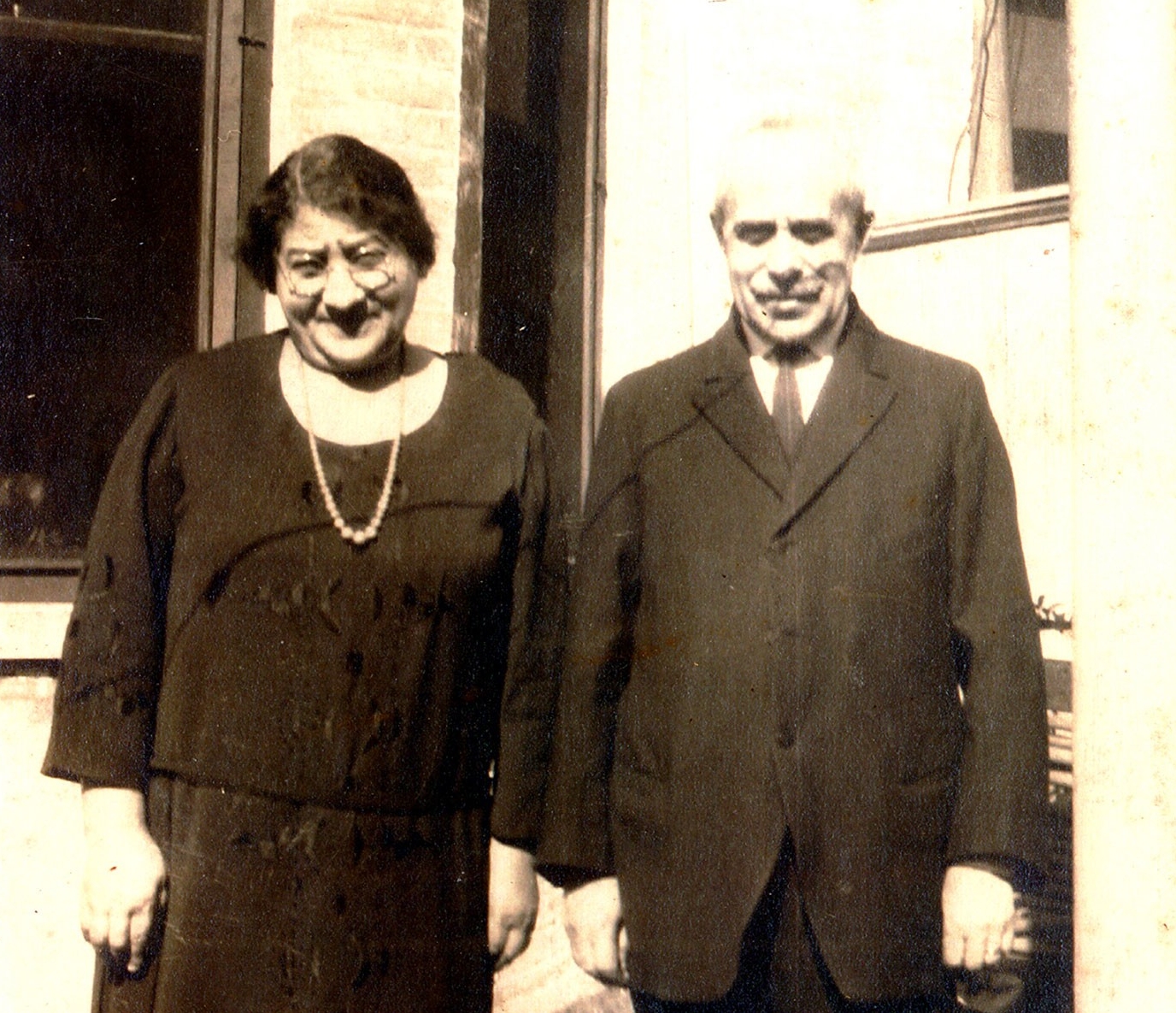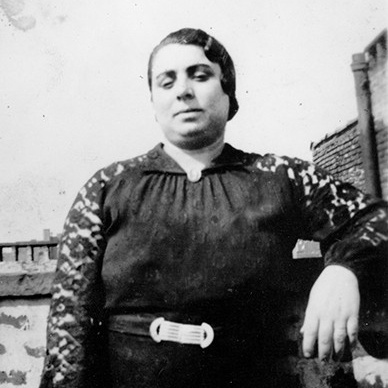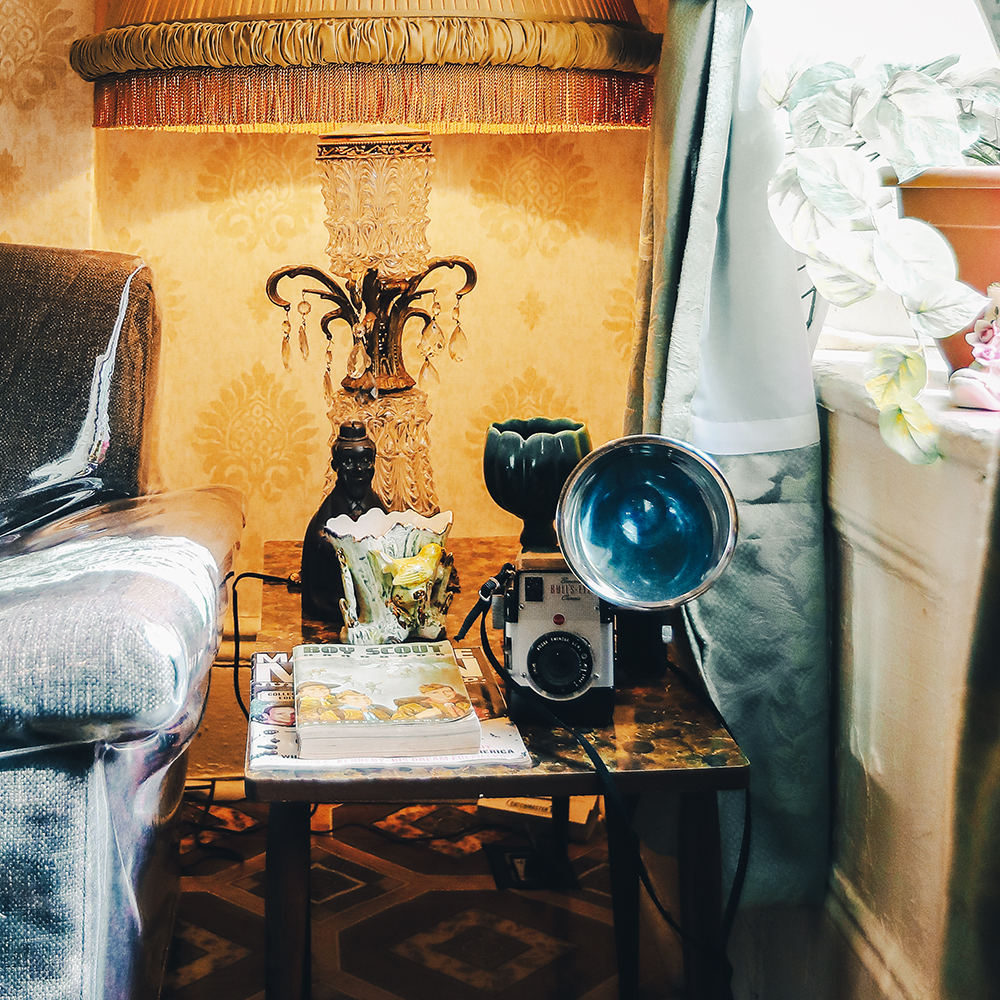Our historians spend a lot of time tracking down the descendants of former residents. By being able to speak to the people who either lived in the building or worked in the neighborhood, we’re able to create a more authentic sense of individuality in each recreated home.
There is often this idea that an heirloom must have a high monetary value or be in a family for generations. While that is sometimes true, the Tenement Museum challenges the concept of what has “value” daily. The real value of any inherited object comes from the significance it carries for the family – the reason the original owner passed it down and the reason the descendants never got rid of it. Any object becomes sentimental when there’s a story behind it. What can be learned from the things we decide to keep? Use the slider below to compare the original shears donated to the museum and the period-appropriate pair on display in the recreated Levine apartment.


